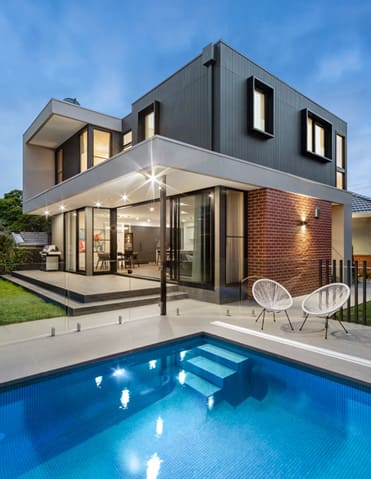
Agile construction management can be effectively applied to build a dream complex luxury villa by breaking down the project into manageable phases, fostering collaboration, and adapting to changes throughout the process. This approach, originally from software development, helps manage complexity, enhance communication, and ultimately deliver a high-quality, customized villa within budget and on schedule.
- Instead of a traditional linear approach, the project is divided into smaller, iterative phases called ”sprints.”
- Each sprint focuses on a specific aspect of the villa, such as foundation, framing, or interior design, and is completed within a short timeframe (e.g., 2-4 weeks).
- This allows for more focused effort, easier management of changes, and faster feedback loops.
- Agile emphasizes open communication and collaboration among all stakeholders (architects, engineers, contractors, and the client).
- Regular meetings (daily stand-ups, sprint reviews) facilitate information sharing, problem-solving, and quick decision-making.
- This ensures everyone is aligned with the project’s goals and progress, minimizing misunderstandings and delays.
- The iterative nature of Agile allows for flexibility to incorporate client feedback and make necessary adjustments during the construction process.
- For instance, if the client decides to modify a design element after seeing a 3D rendering, the team can quickly adapt the plan and incorporate the change within a sprint.
- This contrasts with traditional methods where changes can be costly and time-consuming.
- Agile teams often use visual tools like Kanban boards or task boards to track progress, identify bottlenecks, and ensure transparency.
- These boards provide a clear overview of the project’s status, allowing everyone to see what tasks are in progress, completed, or delayed.
- Agile emphasizes continuous quality control throughout the project lifecycle.
- Regular inspections, testing, and feedback loops help identify and rectify any issues early on, ensuring the final product meets the required standards.
- This proactive approach minimizes defects and rework, contributing to a higher-quality villa.
- Client Involvement:
While Agile emphasizes client involvement, it’s crucial for the client to be actively engaged and responsive to feedback requests.
- Complexity of Luxury Villas:
Building a luxury villa involves intricate designs and high-end finishes, which can pose unique challenges in an Agile environment.
- Stakeholder Alignment:
Ensuring all stakeholders understand and embrace Agile principles is essential for a smooth and successful project.
